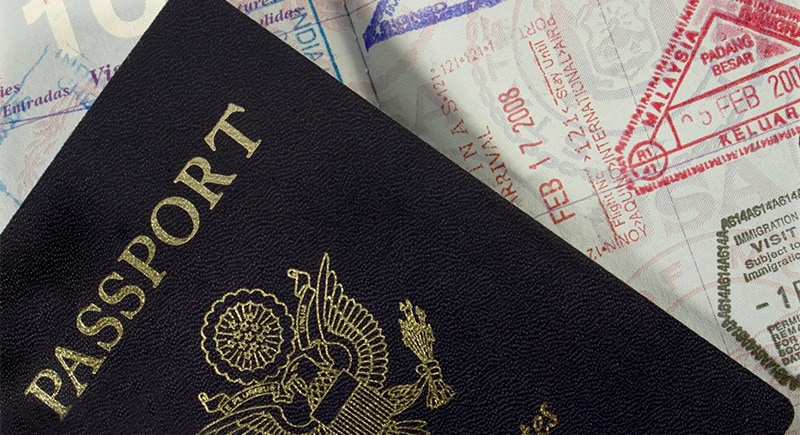Identity theft is a growing problem around the world. It occurs when an individual’s personal and sensitive information is stolen and used for fraudulent purposes. The damage done by identity theft can range from minor inconvenience to financial ruin. Understanding the various types of identity theft is essential to protect oneself from these unscrupulous activities. Here are the three most common types of identity theft:
- Financial Identity Theft:
As the name suggests, this type of identity theft revolves around finances. Attackers use personal information, such as social security numbers, bank account numbers, and credit card information to steal money. Attackers can open fraudulent credit card accounts or take out loans with the victim’s information. When attackers have access to an individual’s financial information, they can also monitor their credit reports and use phishing techniques to trick them into revealing their passwords or other sensitive information. Victims of financial identity theft suffer from financial loss, credit score damage, and a significant time commitment to restore their finances.

- Medical Identity Theft:
Medical identity theft occurs when an attacker uses an individual’s medical information for their benefit. Attackers can use a victim’s personal information to obtain medical services, including prescriptions, surgery, and medical equipment. Medical identity theft can also harm the victim directly, by making false changes to their medical history or treatments that could cause long-term harm. Moreover, medical identity theft can also be costly for the victim due to the expenses involved in correcting medical records and receiving medical care.
- Criminal Identity Theft:
Criminal identity theft is when an attacker uses another individual’s identity to avoid arrest or prosecution for a crime. It involves the use of someone else’s personal information to create false identification, such as driver’s licenses or passports. This stolen identity then becomes a legal document, and the attacker can use it to commit various crimes. If law enforcement confuses the victim with the criminal, the victim could end up being falsely accused and arrested, which can cause significant damage to their reputation.
Identity theft is a global problem that is increasing day by day. The criminals are becoming smarter and adapting new techniques to perform these illicit activities. Financial, medical, and criminal identity theft are the most common types of identity theft, but they are not the only ones. To prevent becoming a victim of identity theft, individuals must take steps to protect their personal and sensitive information. This involves protecting documents, shredding sensitive materials, taking online security measures, monitoring one’s personal finances regularly, and responding swiftly when fraud is detected. Let’s all do our part to ensure the security of our sensitive information and protect ourselves from these fraudulent activities.
























